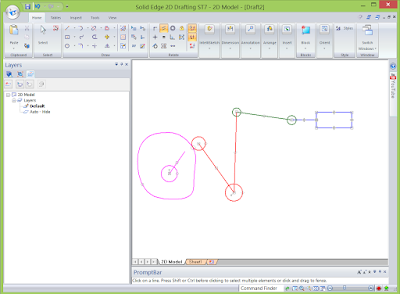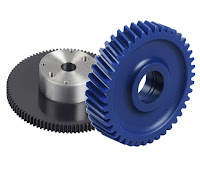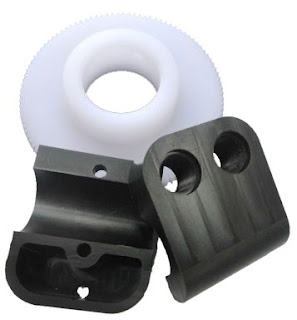Timing Diagram (Part 3 - Cycloid Cam Profile Analysis)

In previous post [ Timing Diagram (Part 2 - Maximum acceleration calculation) ], we calculated the maximum acceleration of the die using cycloid cam profile. We found out that this maximum acceleration of the die can be reduced if we can extend the indexing angle (B m ) or indexing time (t m ) through overlap motion. Then, let's see how we can calculate for the suitable indexing angle to reduce the acceleration of the die. Cycloidal motion cam profile has movement equation as follows. h = h m x [t/t m - 1/(2 x pi) x sin(2 x pi x t/t m )] Rearrange the equation to get h/h m = t/t m - 1/(2 x pi) x sin(2 x pi x t/t m ) The displacement profile can be plotted as shown below (dimensionless). We can see that at the first 10% of indexing time, the movement is just only 0.65% of the total movement (stroke) and at 90% of time, the remaining movement for the die is only 0.65% of the total movement (stroke). Or we can say that, there is not much movement at the first and last 1...





